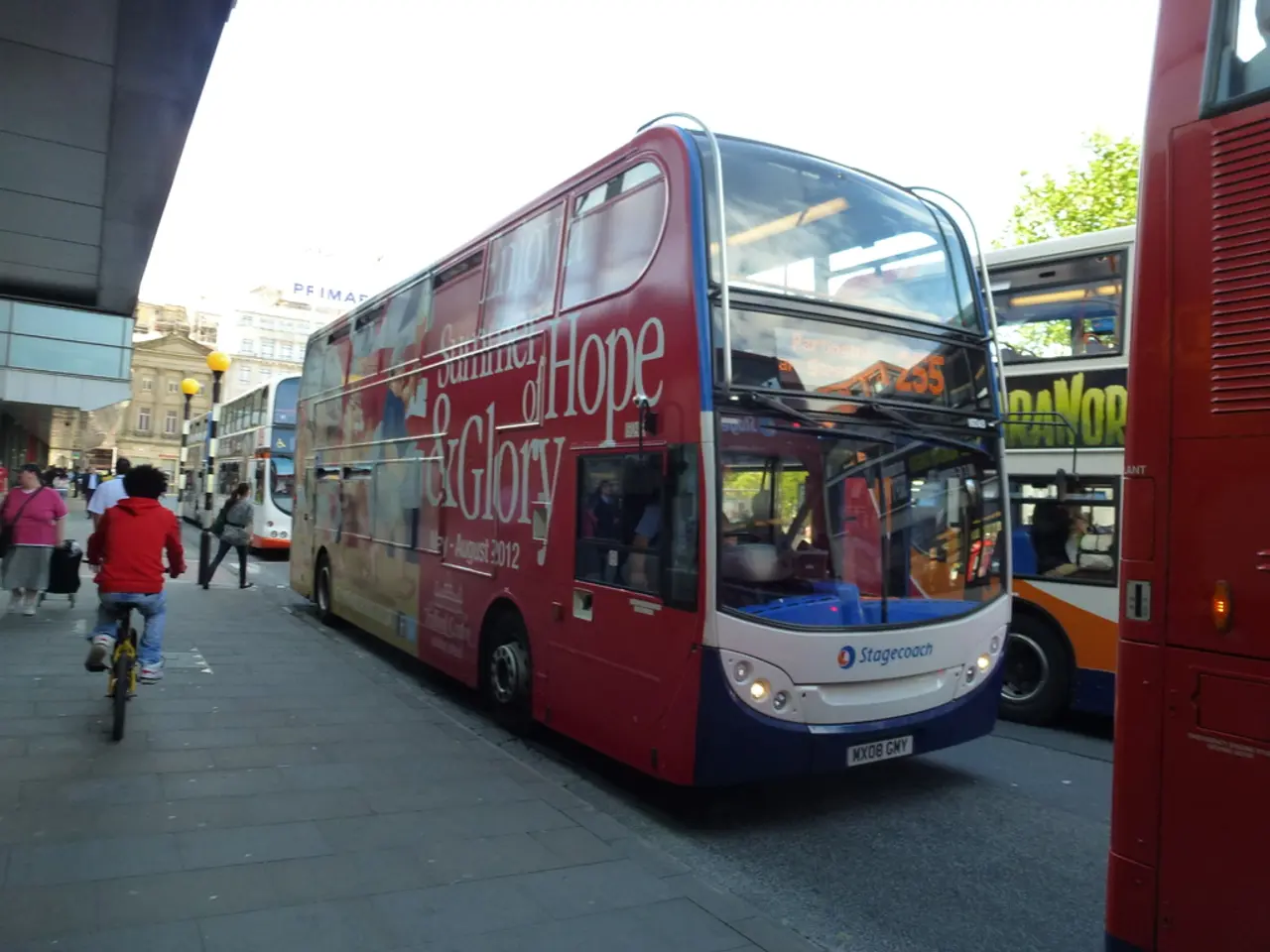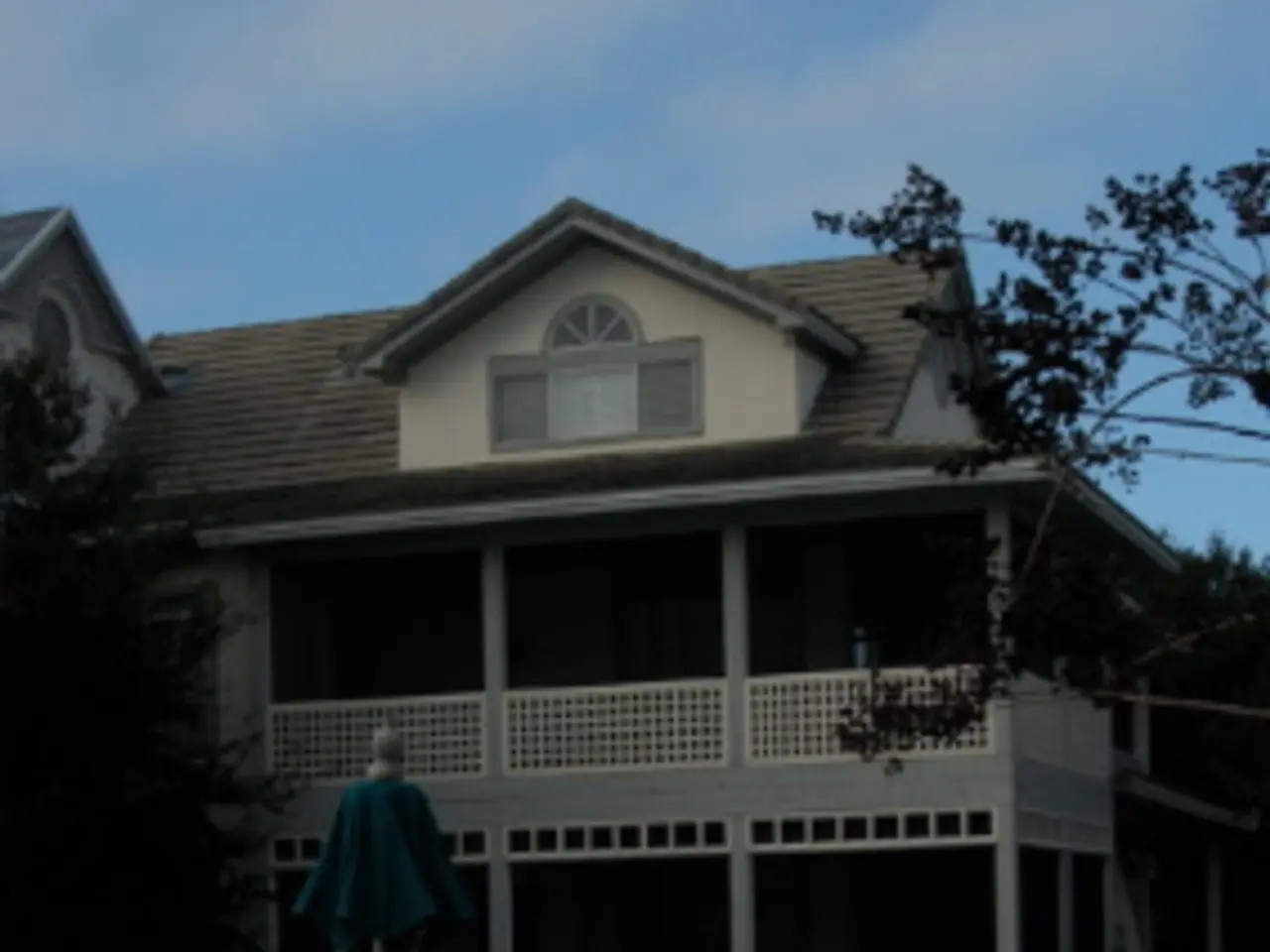Advanced Urban Centers Characterized by Wealthy Individuals Using Public Transit, According to Enrique Peñalosa
Enrique Peñalosa, during his tenure as the mayor of Bogotá from 1998 to 2001 and later, left a lasting impression on the city with his innovative approach to city design, public transportation, and public spaces. His goal was to create a city that fostered urban livability, sustainability, and equality.
Key Achievements
Innovative Transportation System
Peñalosa is best known for implementing Bogotá’s TransMilenio bus rapid transit (BRT) system during his first term. This system, which prioritizes the number of passengers over their wealth, provides fast, affordable, and efficient mass transit on dedicated lanes, significantly improving urban mobility and reducing car dependency.
Expansion and Prioritization of Public Spaces
Peñalosa championed the creation and recovery of public spaces for pedestrian and recreational use. This included expanding parks, bike lanes, and pedestrian zones, notably the Cicloruta network of bike paths linking various city areas, facilitating non-motorized transport.
Urban Design Focused on Equity
Peñalosa emphasized designing the city around people rather than cars, promoting social equity by improving transit access and public spaces especially in poorer neighborhoods. His approach fostered inclusive urban development.
Traffic Calming and Environmental Measures
Measures to reduce traffic congestion and pollution included limiting car use during peak hours and promoting public transit, cycling, and walking.
Impact
Bogotá became internationally recognized as a leader in sustainable urban transportation and public space innovation under Peñalosa’s leadership. The TransMilenio system served as a model replicated in various cities worldwide for its cost-effectiveness and efficiency compared to rail systems.
Peñalosa’s focus on public space redesign helped shift public attitudes towards valuing pedestrian-friendly, green, and community-oriented urban environments. His policies contributed to increased civic engagement and awareness about sustainable urban living.
While there were critiques related to implementation challenges and social impacts on some communities, Peñalosa’s tenure is largely seen as transformative for Bogotá’s urban landscape with enduring influence on transport and city design.
During his second term, TransMiCable Cars were built to reach Bogotá’s skirting hills, and a Metro Rapid Transit Line was commissioned. Despite facing challenges, including low approval ratings and recall elections, Peñalosa persevered with a solid vision and committed people behind him.
- Enrique Peñalosa, in his efforts to create an equal and sustainable city, extended his focus beyond urban design and public transportation, advocating for a lifestyle that prioritizes pedestrian-friendly, green, and community- oriented home-and-garden environments.
- The impact of Peñalosa's tenure as Mayor of Bogotá reached beyond the realm of politics and general-news discussions, with his innovative city design and public space initiatives setting a global precedent for sustainable urban living and fostering a shift in societal attitudes towards such practices.




